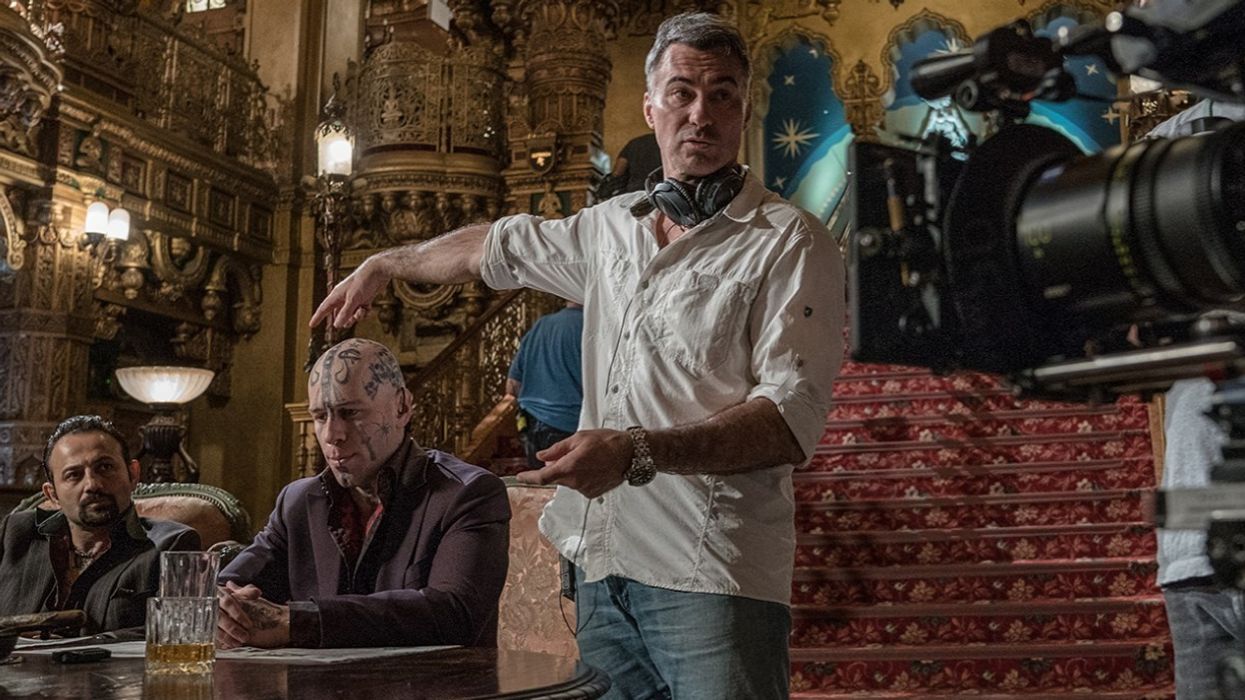How to Direct Action Like 'John Wick' Director Chad Stahelski
How do you direct action like one of the greats? Listen to their advice...

If you want to learn how to direct action, then you could do much worse than listening to the guy behind John Wick, the action movie that completely reinvigorated the way we shoot action today. In fact, Chad Stahelski has quickly become one of the biggest names in action cinema.
But he's actually been working behind the scenes of some of the most important action events of the last 20 years.
This wealth of knowledge is the perfect thing to mine when it comes to developing your voice.
Check out this video from Rossatron where they discuss his work directing the John Wick series, to his second unit and action direction days, and a lot in-between.
How to Direct Action Like John Wick Director Chad Stahelski
Stahleski is one of the most respected stunt coordinators in the business but he had also been training to be an action movie director. He loved Jackie Chan and Steve McQueen, got into martial arts, and wound up becoming friends with Brandon Lee.
From there, he wound up in the stunt world, learned action from working on The Matrix as both a stunt double and stunt coordinator, and had to know how to work on things practically for the new digital landscape. That troubleshooting was a real learning process.
And when The Matrix broke out, so did Stahleski. He began to understand the choreography of action, and also saw a place in the industry that didn't exist. Who could make fights look real and be practical?
He built a company selling his knowledge until one day he realized... why sell what he knows? He should be directing. Mostly because he knew how to block these action shots.
As Stahelski told The Playlist once, "I have my three or four main choreographers, we’ve been working together for 20 years. And everybody’s got a very twisted sense of things and a very aesthetically-pleasing sense of things. So we get together, and we just start playing. It’s like everything else. You got to practice. You got to explore your ideas. It’s like painting. You got to mix your own paints. You got to come up with a vision. And you have to execute it."
So how do you go from there to directing?
Well, you start by turning jobs down.
Instead of being a choreographer, he turned those down and focused on only shooting second unit and previz for other directors. This was a way to develop his own reel. When John Wick came up, the hardest part was directing character, not the action. But as the actors learned the actual action and punching, they also tried to incorporate the character into it. That became an in for Stahelski to learn from actors.
He figured out a way to talk to Keanu, Willem Defoe, and Adrian Palecki—to access the emotions embedded in collaborating with them as they built the Wick universe.
That obviously allowed him to learn on the job, and then move forward in his career. Now his work has changed the way we see action. He crafts his action so it all looks real and natural. You don't have to edit around it.
Stahleski stresses collaboration. He wants to talk to the directors of each unit and make sure they learn from each other. You can't separate story and action. You need to make sure everyone is on the same page when it comes to the look and the feel.
The same goes for the CGI meetings. You want to make sure that the green screen or motion blurring does not take away from the actual choreography. That requires subtle tweaks and everyone talking—the computer people and the stunt coordinators—to make sure you can sell every visual.
At the end of the day, it all comes back to story.
You need to write from character and character desires. Find the thematics and motifs and go from there. Three act structure also keeps arcs easy to handle.
Still, in the end, it all comes down to entertainment. What is entertaining about this? Why does the audience love going on this journey? Make sure your direction pulls people in and keeps them on the edge of their seats.
Up Next: How does Nolan Build Intensity?
Christopher Nolan is arguably the most popular director working today. His movies are events—But why? What gets us so excited about Nolan and his work? Well, it might have something to do with one particular aspect of his filmmaking: his ability to add tension to every situation.
Keep reading!
Source: Rossatron











